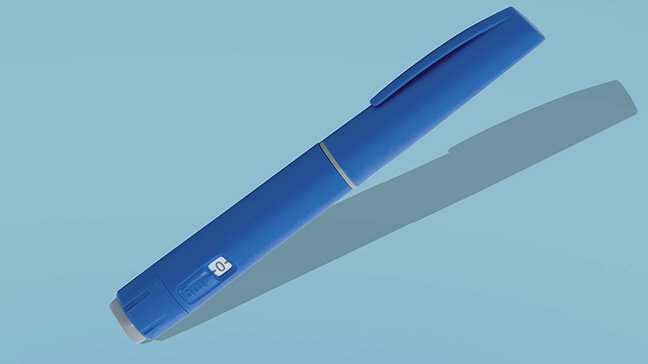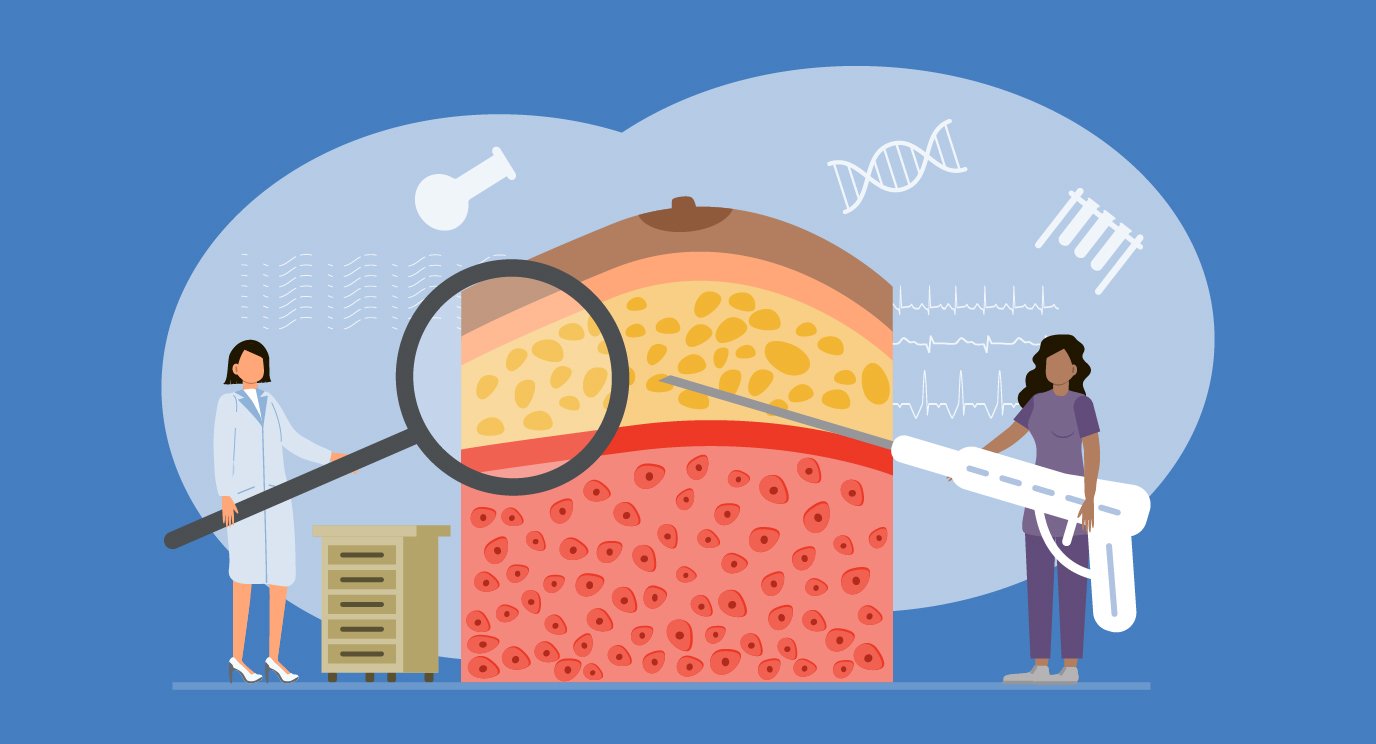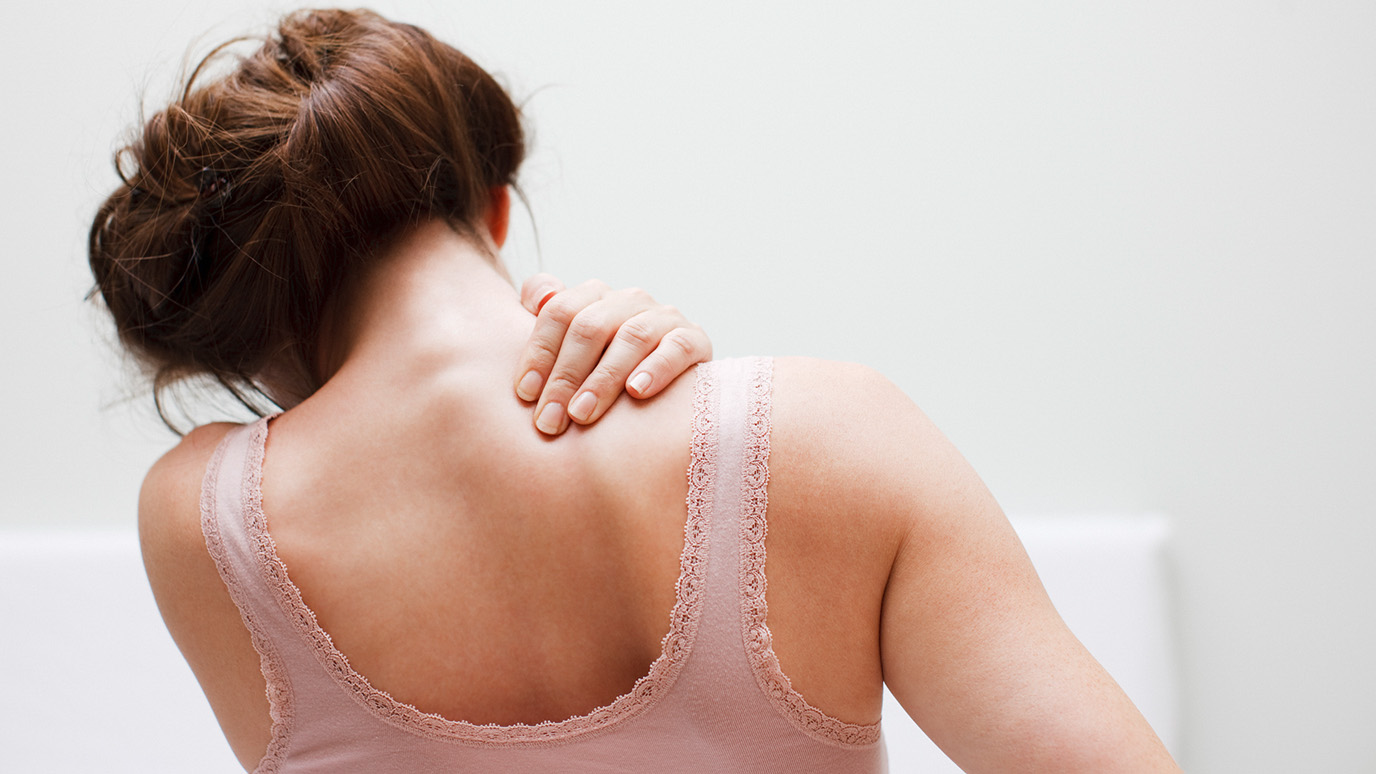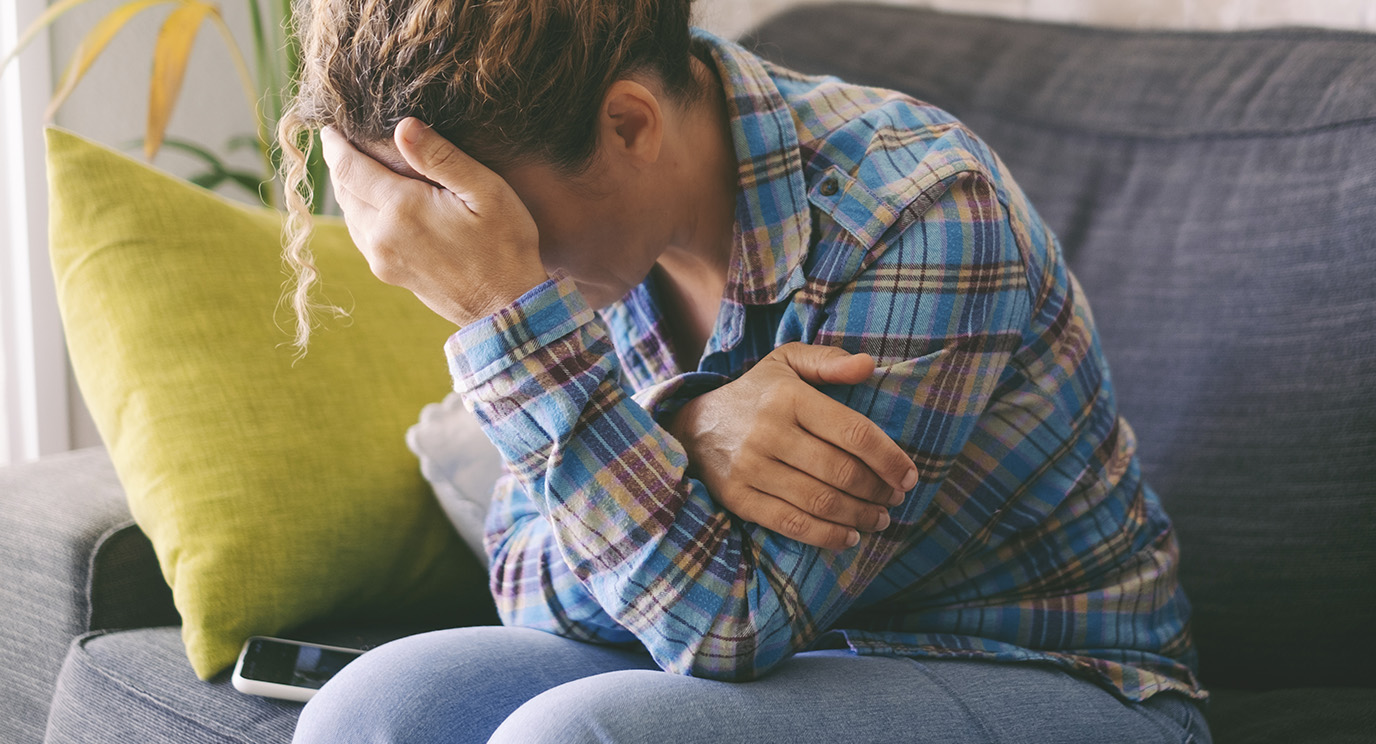- Diseases
- Acoustic Neuroma (14)
- Adrenal Gland Tumor (24)
- Anal Cancer (66)
- Anemia (2)
- Appendix Cancer (16)
- Bile Duct Cancer (28)
- Bladder Cancer (68)
- Brain Metastases (28)
- Brain Tumor (230)
- Breast Cancer (718)
- Breast Implant-Associated Anaplastic Large Cell Lymphoma (2)
- Cancer of Unknown Primary (4)
- Carcinoid Tumor (8)
- Cervical Cancer (154)
- Colon Cancer (164)
- Colorectal Cancer (110)
- Endocrine Tumor (4)
- Esophageal Cancer (42)
- Eye Cancer (36)
- Fallopian Tube Cancer (6)
- Germ Cell Tumor (4)
- Gestational Trophoblastic Disease (2)
- Head and Neck Cancer (6)
- Kidney Cancer (124)
- Leukemia (344)
- Liver Cancer (50)
- Lung Cancer (288)
- Lymphoma (284)
- Mesothelioma (14)
- Metastasis (30)
- Multiple Myeloma (98)
- Myelodysplastic Syndrome (60)
- Myeloproliferative Neoplasm (4)
- Neuroendocrine Tumors (16)
- Oral Cancer (100)
- Ovarian Cancer (170)
- Pancreatic Cancer (166)
- Parathyroid Disease (2)
- Penile Cancer (14)
- Pituitary Tumor (6)
- Prostate Cancer (144)
- Rectal Cancer (58)
- Renal Medullary Carcinoma (6)
- Salivary Gland Cancer (14)
- Sarcoma (236)
- Skin Cancer (296)
- Skull Base Tumors (56)
- Spinal Tumor (12)
- Stomach Cancer (60)
- Testicular Cancer (28)
- Throat Cancer (90)
- Thymoma (6)
- Thyroid Cancer (98)
- Tonsil Cancer (30)
- Uterine Cancer (78)
- Vaginal Cancer (14)
- Vulvar Cancer (18)
- Cancer Topic
- Adolescent and Young Adult Cancer Issues (20)
- Advance Care Planning (10)
- Biostatistics (2)
- Blood Donation (18)
- Bone Health (8)
- COVID-19 (362)
- Cancer Recurrence (120)
- Childhood Cancer Issues (120)
- Clinical Trials (626)
- Complementary Integrative Medicine (24)
- Cytogenetics (2)
- DNA Methylation (4)
- Diagnosis (230)
- Epigenetics (6)
- Fertility (64)
- Follow-up Guidelines (2)
- Health Disparities (14)
- Hereditary Cancer Syndromes (124)
- Immunology (18)
- Li-Fraumeni Syndrome (8)
- Mental Health (118)
- Molecular Diagnostics (8)
- Pain Management (62)
- Palliative Care (8)
- Pathology (10)
- Physical Therapy (18)
- Pregnancy (18)
- Prevention (896)
- Research (390)
- Second Opinion (74)
- Sexuality (16)
- Side Effects (604)
- Sleep Disorders (10)
- Stem Cell Transplantation Cellular Therapy (216)
- Support (404)
- Survivorship (322)
- Symptoms (184)
- Treatment (1776)
Do thyroid cancer patients need a low-iodine diet?
3 minute read | Published March 31, 2021
Medically Reviewed | Last reviewed by an MD Anderson Cancer Center medical professional on March 31, 2021
You’ve probably heard of the low-fat diet. Maybe even the low-carb diet. But what about the low-iodine diet?
If you or someone you know has been diagnosed with thyroid cancer, this is the diet you’re most likely to hear about. But why might a low-iodine diet be recommended by a doctor, and which cancer patients stand to benefit the most from one?
For answers to these questions and more, we checked in with Jessica Tilton, senior clinical dietitian.
What is the low-iodine diet?
The low-iodine diet is sometimes prescribed to people with differentiated thyroid cancer (papillary, follicular and poorly differentiated). Its goal is to make their thyroid glands “hungry” for iodine by temporarily eliminating as much of that mineral as possible from their diets.
Doctors can then “light up” the cancerous areas during a scan, or treat those same areas using radioactive iodine, because papillary thyroid cancer cells will quickly absorb it.
Can the low-iodine diet be used by patients with other types of thyroid cancer?
Only differentiated thyroid cancer cells absorb radioactive iodine. So, it’s not effective with anaplastic or medullary thyroid cancers.
How long are differentiated thyroid cancer patients typically asked to follow a low-iodine diet?
It’s not meant to be a long-term thing. Generally, we recommend it for up to 14 days before a diagnostic procedure or treatment, and then maybe 1 to 3 days afterwards.
What does a low-iodine diet entail? Are there particular foods to avoid?
The American Thyroid Association recommends that people following a low-iodine diet limit their iodine intake to 50 micrograms or less per day. That means avoiding iodized salt and anything that comes from the ocean. This includes fish, shellfish, seaweed, and even calcium supplements derived from oyster shells. Other things to avoid include:
- egg yolks
- dairy products
- red dye #3 (found in maraschino cherries and some fruit cocktails)
- blackstrap molasses
- soy products (including tofu)
- rhubarb
- bakery products (made with iodized salt in the dough, or other ingredients containing iodine, such as potassium iodate)
Which foods are allowed on the low-iodine diet?
There are many foods people can still enjoy on a low-iodine diet. These include unsalted:
- vegetables and fruits (fresh or frozen)
- nut butters
- egg whites
- fresh meats (less than 6 ounces per day)
- peeled sweet or regular potatoes
- pastas
- vegetable oils
- whole grains, such as rice or oatmeal
- salads with vinaigrette or other salt-free dressings
As with any diet in which you’re actively trying to avoid a particular ingredient, it’s important to check food labels for iodine.
What could happen if I don’t adhere closely enough to a low-iodine diet?
If your thyroid isn’t sufficiently deprived of iodine before a procedure involving radioactive iodine, it could adversely affect the accuracy of your test results or the effectiveness of your treatment. So, you might have to do the whole thing all over again, which could delay your treatment.
Can people who are allergic to seafood benefit from the low-iodine diet?
No. Most people who are allergic to the iodine in seafood tend to be allergic to a specific type, such as crab or shellfish. It’s actually pretty rare to find someone who has issues with iodized salt by itself.
And again, the human body needs iodine to function correctly. So, a low-iodine diet is designed to be temporary. It’s not meant to be a permanent solution.
Request an appointment at MD Anderson online or by calling 1-866-200-1887.

A low-iodine diet is designed to be temporary.
Jessica Tilton
Senior Clinical Dietician





